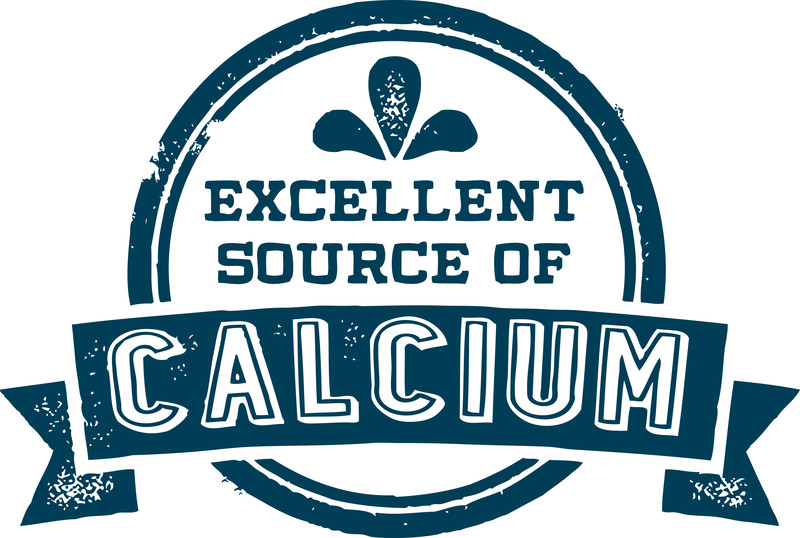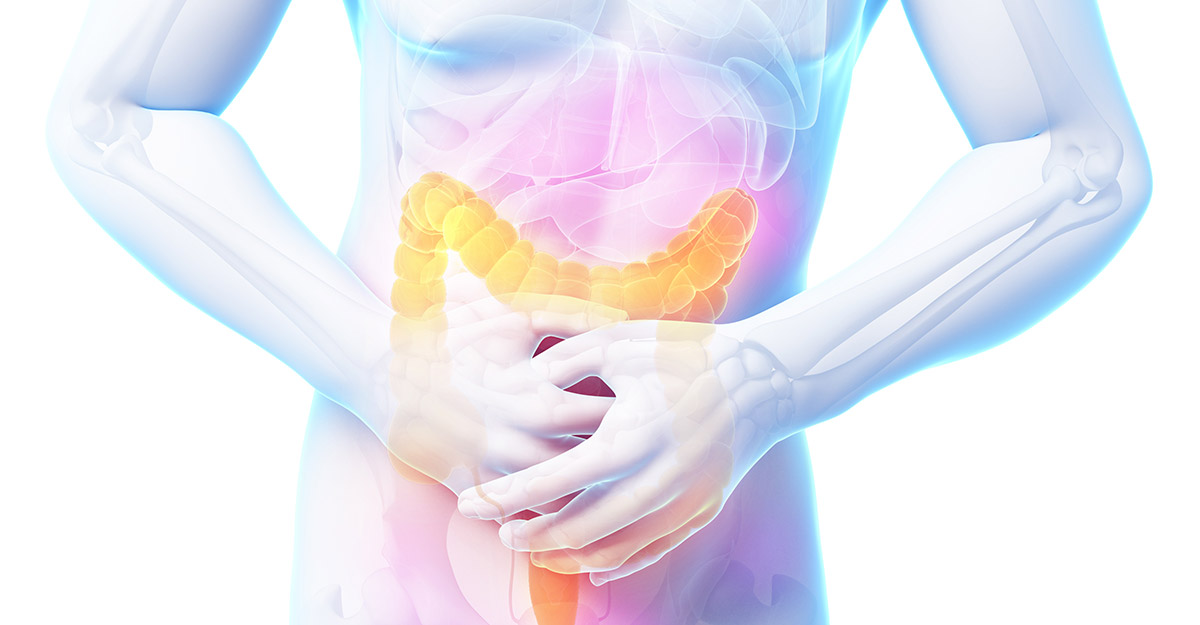 Many people look to increase their calcium intake for bone health, but don’t know what sources are best for them. Many look to milk as a source of calcium. While milk does contain calcium, there are some issues and difficulties using it as a primary source.
Many people look to increase their calcium intake for bone health, but don’t know what sources are best for them. Many look to milk as a source of calcium. While milk does contain calcium, there are some issues and difficulties using it as a primary source.
Milk is naturally low in Vitamin D. Calcium absorption is greatly enhanced with Vitamin D. Without Vitamin D, it is difficult for the body to make use of calcium, regardless of how much calcium you consume. For this reason, a lot of milk is sold as fortified with Vitamin D. However, not all milk has added Vitamin D and it is an important factor to check for if you are consuming milk with the goal of using it as a source of calcium.
Milk brings with it issues including dairy allergies and sensitivities as well as lactose intolerance.
Lactose intolerance is caused by low levels of lactase that result in the limited ability or inability to break down lactose sugars. This results in digestive problems that may include gas, cramping, and diarrhea. Those that suffer from lactose intolerance can eat foods that are low in lactose such as some cheeses without producing symptoms.
Dairy allergies are caused by an allergic reaction to portions of dairy products. Immune system reactions are involved in the case of true allergies.
 Many people suffer from dairy sensitivities. These sensitivities are not true allergies, but at times can appear much the same with very similar results. Sensitivities can range significantly in severity, with some having noticeable digestive problems, and others with mild inflammation that is barely perceptible. Related conditions that can be aggravated by dairy sensitivities may include irritable bowel syndrome and other digestive changes.
Many people suffer from dairy sensitivities. These sensitivities are not true allergies, but at times can appear much the same with very similar results. Sensitivities can range significantly in severity, with some having noticeable digestive problems, and others with mild inflammation that is barely perceptible. Related conditions that can be aggravated by dairy sensitivities may include irritable bowel syndrome and other digestive changes.
As there can be complications using milk products as a calcium source, many people are interested in alternatives.
Bone broth is often used as a source of calcium. The calcium from bone broth is that of the bone, and is easier for the body to absorb and use than calcium sources that are not from bone. Bone broth itself does not contain particularly high quantities of calcium, however, the slow cooking process used to produce the bone broth helps provide many of the micro nutrients that contribute to strong, healthy bones. Bone broth can be made by slow cooking bones over the course of hours. Slow cooked foods that include the bone can be used to provide many of the benefits of bone broth. Using a slow cooker can be a very convenient way to regularly have bone broth on hand.
Fish can be a good source of calcium. Small fish such as sardines, anchovies, and herring are particularly good sources of calcium. Fish often have smaller bones that are consumed when eating the fish. This is particularly the case with the smaller fish, where much of the bones are edible. Fatty fish such as sardines and anchovies are also good sources of Vitamin D.
Again, Vitamin D plays an important role in calcium absorption and integration into the bones. Blood calcium levels are tightly regulated by the body, which limits the ability to quickly absorb calcium from food sources. Vitamin D promotes increased absorption of calcium from food. Vitamin D also promotes deposition of calcium onto the bones. This results in the combination of processes we desire, including the absorption of calcium from the diet, transported in the blood, and deposited in the bone.
 Generally, the best source of Vitamin D is sunlight. Vitamin D is a fat-soluble Vitamin. This means that Vitamin D will dissolve and be transported in fats such as oil, but repels and will not dissolve easily in water. This is in contrast to Vitamins that are water soluble and will not dissolve easily into fats and oils. Excess water-soluble Vitamins are easily removed by the kidneys and excreted in the urine. Urine contains a lot of water, which fat-soluble Vitamins don’t easily dissolve in. Therefore, there is not an easy way to quickly eliminate excess fat-soluble Vitamins, and they are deposited in the body fat. For this reason, it is important to avoid taking excess Vitamin D in the diet. The daily upper limit for dietary Vitamin D is around 4,000 IU. Vitamin D produced in the skin by sunlight is not subject to the same limits as dietary Vitamin D, despite being fat-soluble. The skin can produce more Vitamin D than can be safely taken by food, however, Vitamin D produced in the skin will not build up and lead to the problems we discussed with excess dietary Vitamin D, as excess Vitamin D produced by the skin is further broken down into inactive byproduct.
Generally, the best source of Vitamin D is sunlight. Vitamin D is a fat-soluble Vitamin. This means that Vitamin D will dissolve and be transported in fats such as oil, but repels and will not dissolve easily in water. This is in contrast to Vitamins that are water soluble and will not dissolve easily into fats and oils. Excess water-soluble Vitamins are easily removed by the kidneys and excreted in the urine. Urine contains a lot of water, which fat-soluble Vitamins don’t easily dissolve in. Therefore, there is not an easy way to quickly eliminate excess fat-soluble Vitamins, and they are deposited in the body fat. For this reason, it is important to avoid taking excess Vitamin D in the diet. The daily upper limit for dietary Vitamin D is around 4,000 IU. Vitamin D produced in the skin by sunlight is not subject to the same limits as dietary Vitamin D, despite being fat-soluble. The skin can produce more Vitamin D than can be safely taken by food, however, Vitamin D produced in the skin will not build up and lead to the problems we discussed with excess dietary Vitamin D, as excess Vitamin D produced by the skin is further broken down into inactive byproduct.
Strong bones with good calcium density are important for the prevention of fractures with
accidents and injuries. Movement, activity, and exercise are also an important part of maintaining bone strength, but can be limited when recovering from an injury or auto collision. Your Chiropractor will be able to advise you on stretches and exercises as well as dietary changes that will aid your recovery and help maintain bone strength. Call our chiropractic clinic in SE Portland or Aloha/Beaverton, OR if you are interested in dietary and lifestyle changes for bone strength or have been injured in an auto accident.
https://www.healthline.com/nutrition/how-to-increase-vitamin-d
https://www.ncbi.nlm.nih.gov/pmc/articles/PMC3897598/
https://consciouscleanse.com/stuck-in-a-health-rut-how-to-identify-if-youve-got-a-dairy-sensitivity/


